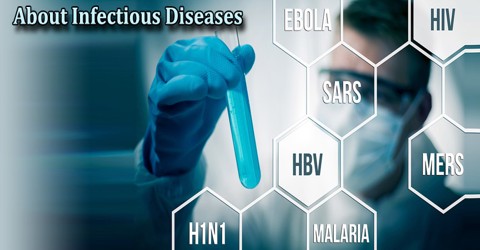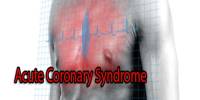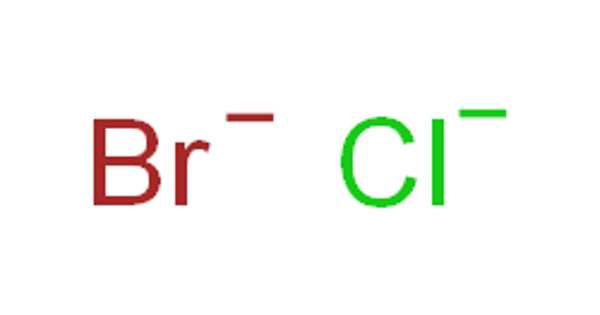About Infectious Diseases
Definition
Infectious diseases are caused by pathogenic microorganisms, such as bacteria, viruses, parasites or fungi; the diseases can be spread, directly or indirectly, from one person to another. Many organisms live in and on our bodies. They’re normally harmless or even helpful, but under certain conditions, some organisms may cause disease. Zoonotic diseases are infectious diseases of animals that can cause disease when transmitted to humans.

Signs and symptoms vary depending on the organism causing the infection, but often include fever and fatigue. Mild infections may respond to rest and home remedies, while some life-threatening infections may require hospitalization. Many infectious diseases, such as measles and chickenpox, can be prevented by vaccines.
Infectious diseases are one of the leading causes of death worldwide. Scientists are currently searching for new approaches to treat infectious diseases, focusing on exactly how the pathogens change and drug resistance? Evolves.
Symptoms and Causes of Infectious Diseases
Each infectious disease has its own specific signs and symptoms. General signs and symptoms common to a number of infectious diseases include:
- Fever
- Diarrhea
- Fatigue
- Muscle aches
- Coughing

Infectious diseases can be caused by:
Viruses
- Viruses are tiny infectious agents that replicate only in the living cells of other organisms.
- Viruses have a very simple structure consisting of genetic material in the form of DNA or RNA? Within a protein? Capsule.
- They can infect all types of life forms, from animals to plants and bacteria? To amoebae?
Bacteria
- Bacteria are single-celled microorganisms.
- They come in many shapes including ball-, rod- and spiral-shaped.
- Most bacteria are not harmful and some are actually beneficial. Less than one per cent of bacteria will actually make you ill.
- Infectious bacteria can grow, divide and spread in the body, leading to infectious disease.
- Some infectious bacteria give off toxins which can make some diseases more severe.
Fungi
- Fungi are microorganisms characterised by cell walls made from a substance called chitin.
- Most fungi are harmless to humans and some are edible.
- Other fungi can be infectious and may lead to life-threatening diseases.
- Fungi reproduce by releasing spores that can be picked up by direct contact or even inhaled.
- Fungal infections often affect the lungs, skin or nails. Some infections may also penetrate the body to affect organs and cause whole-body infections.
Parasites
- Parasites are organisms that live in or on another organism and benefit by getting nutrients at the expense of their host.
- Parasites can be found in many different body sites, for example in the blood, liver, digestive system, brain and even the eyes.

Diagnosis, Treatment and Prevention
Many infectious diseases have similar signs and symptoms. Samples of patient’s body fluids can sometimes reveal evidence of the particular microbe that’s causing their illness. This helps them doctor tailor their treatment.
Blood tests, Urine tests, Throat swabs, Stool sample and Spinal tap (lumbar puncture).
Antibiotics: Antibiotics are grouped into “families” of similar types. Antibiotics are usually reserved for bacterial infections, because these types of drugs have no effect on illnesses caused by viruses. But sometimes it’s difficult to tell which type of germ is at work. For example, some types of pneumonia are caused by viruses while others are caused by bacteria.
Antivirals: Drugs have been developed to treat some, but not all, viruses.
Anti-parasitics: Some diseases, including malaria, are caused by tiny parasites. While there are drugs to treat these diseases, some varieties of parasites have developed resistance to the drugs.
Infection prevention and control demands a basic understanding of the epidemiology of diseases; risk factors that increase patient susceptibility to infection; and the practices, procedures and treatments that may result in infections.
















